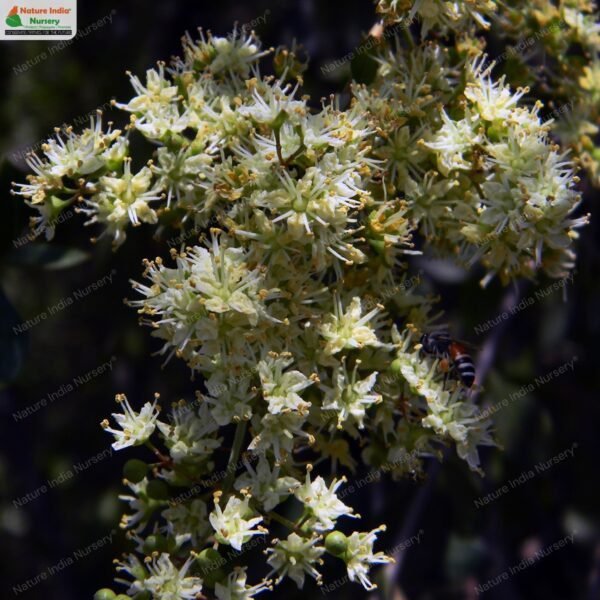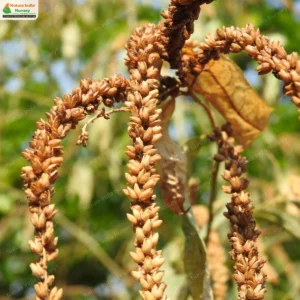Lawsonia inermis, commonly known as Henna or Mignonette Tree, is a species of flowering plant within the Lythraceae family. Native to tropical regions of Asia and Africa, this plant is valued for its ornamental beauty, medicinal properties, and use as a natural dye.
The species is a shrub-like plant that can grow up to 2-3 meters in height, featuring ovate leaves and clusters of small, white or pink flowers that are followed by distinctive, berry-like fruits.
Habitat
Lawsonia inermis thrives in warm, humid environments and can be found growing in shaded or partially shaded conditions in tropical forests, along roadsides, and in disturbed areas.
Planting and Care
-
Light: Prefers partial shade to full sun, with indirect sunlight or filtered light being ideal.
-
Soil: Requires well-drained soil that retains moisture without becoming waterlogged.
-
Watering: Regular watering is necessary, especially during the growing season, to keep the soil consistently moist but not soggy.
-
Maintenance: Occasional pruning is beneficial to remove dead or damaged stems and maintain the plant’s appearance. Propagation is typically done through seeds or stem cuttings.
Additional Information
-
Ornamental Use: Lawsonia inermis is cultivated for its ornamental value, adding a touch of tropical elegance to gardens, parks, and landscapes.
-
Medicinal Properties: The plant has been used in traditional medicine for its anti-inflammatory and antiseptic properties.
-
Natural Dye: The leaves of the plant are used to create a natural dye, known as henna, which is used to color hair, skin, and fabrics.




